
Grenelle, Potenza 2024
"Cosa dire. Manuale di critica d'arte" (What To Say. Art Criticism Handbook) gets into the core of art criticism. It is not a didactic handbook on "how to" write art criticism, but a book that goes to the essence of criticism: the language and the issues which substantiate the art critic's voice, the expression of his existence meant as a "being in action" (eksistere). The book opens with an "idea/ideal" history of art criticism following the lines traced by the authoritative voice of Giulio Carlo Argan. Then it analyzes the contribution that science offers to art criticism (psychoanalysis, sociology, anthropology, economics, philosophy, epistemology and gender studies).
Grenelle, Potenza 2022
Recognition, the Hegelian “Anerkennung”, in the history of thought is a concept intimately linked to the power of perception and knowledge and, therefore, of conscience and self-awareness; today it has been enriched with multiple meanings, all of which are part of a broader lexical family that has as its reference relationality, intersubjectivity, the relationship with the Other, the idea of freedom. The semantic area that revolves around “recognition” alludes to life in the social community as the existential dimension best able to express the dignity and freedom of the individual. The path from “recognition” opens up to a rationality that takes on the negative, the non-identical, activating itself as a form of interaction and organizational principle of the social world; overcomes that mechanism of the animal matrix of appropriation of the other which is at the basis of the recurrence of the state of nature within social relations, of which the war and conflicts that we are experiencing so dramatically today are a tragic example . On these issues the philosopher Bruno Moroncini, the sociologist and anthropologist David Le Breton and the art historian Angelo Capasso offer readers their stimulating writings, opportunities to start a personal research and design new scenarios from which to look at the present.
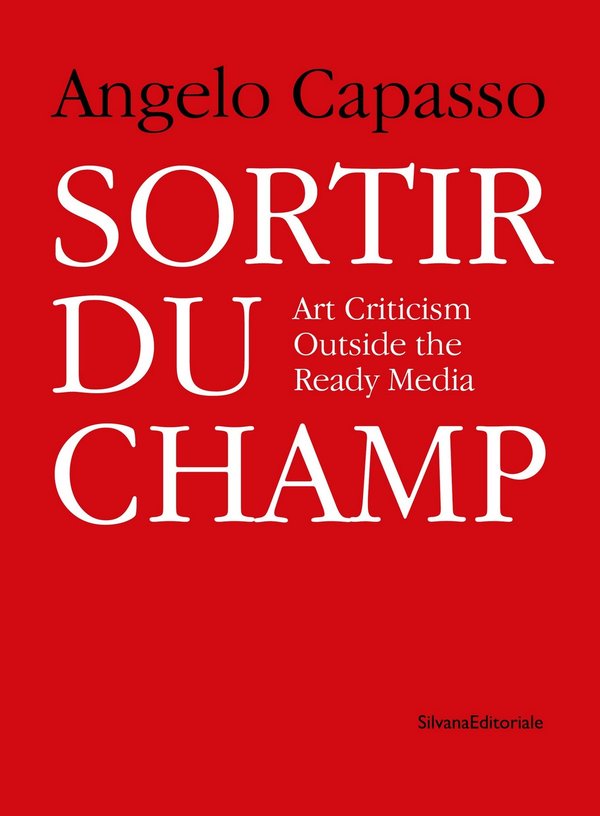
Silvana Editoriale, Milano 2021
Since its first appearance, the ready-made has imposed a “compulsion to repeat”, both in contemporary art and art criticism. The structural recovery of myths that have deep implications on art, this book suggests, can help us break out of this hypnosis. The two essays in this book focus on two main topoi found in classic philosophy and modern technology, Recognition and Electricity, and the illuminating insights they give into the contemporary art world. Against the “cut and paste” trends of our time, Sortir Du Champ, Art Criticism Outside the Ready Media points to a way out of the exponential multiplication of ready-mades, in support of art and theories that do not claim Duchamp as an alibi for their lack of consistency.oss different cultures. 📄
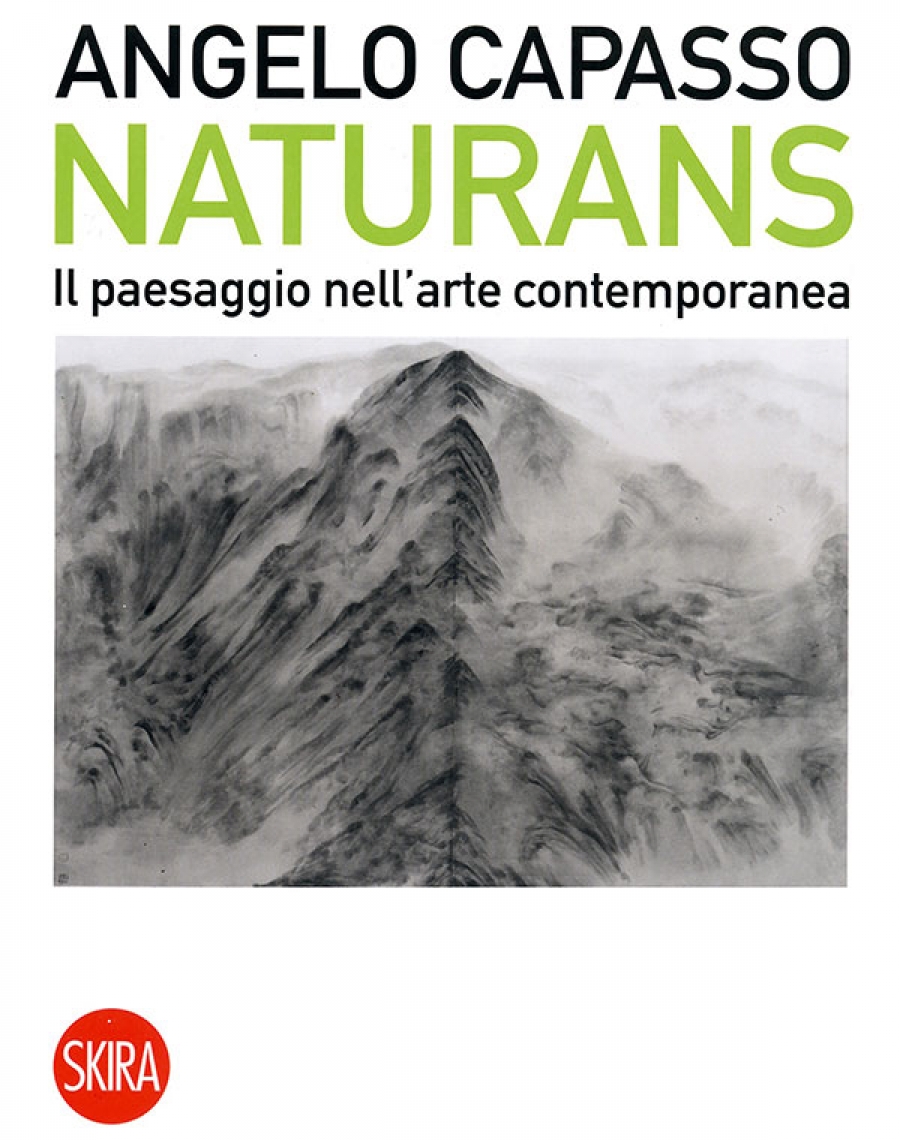
Skira, Milan 2019.
“Landscape” is the art genre that best helps us understand the artist’s gaze. A Landscape springs from the artist’s desire to shape to the world and to grasp its essence. Naturans. Landscape in contemporary art analyzes this gaze in a historical glimpse – from the second half of the nineteenth century to Twentieth century, up to the present day – during which, through creation artistic, the landscape is transformed into a model to verify the complexity of art through different media and across different cultures.
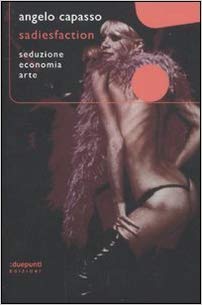
DuePunti, Palermo 2011.
The economic nature of art is not an issue rooted in the finance. Art has its own economy. The book was written before the International economic crisis provoked by the Lehman brothers crack (2008). Analyzing the economic nature of art, “Sadiesfaction” analyzes the qualities of the Economy of Art and offers also a possible way to rethink the whole idea of indutrial economy.
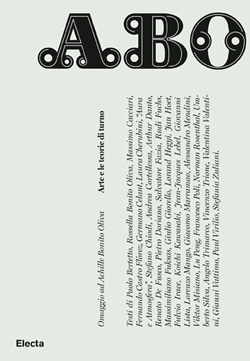
Paolo Balmas, Angelo Capasso (curators), Electa, Milan 2011.
A rich collection of essays on various disciplines, from art criticism, to theater, philosophy, epistemology, architecture and science. An overview on the present cultural scene which includes essays by International authors such as Massimo Cacciari, Fernando Castro Flórez, Germano Celant, Arthur Danto, Renato De Fusco, Rudi Fuchs, Massimiliano Fuksas, Giulio Giorello, Lóránd Hegyi, Jan Hoet, Koichi Kawasaki, Jean-Jacques Lebel, Giovanni Lista, Giacomo Marramao, Alessandro Mendini, Viktor Misiano, Lu Peng, Francesco Poli, Norman Rosenthal, Umberto Silva, Angelo Trimarco, Vincenzo Trione, Gianni Vattimo, Paul Virilio (…). The book was published to celebrate Achille Bonito Oliva’s retirement from his Academic work as Professor of Contemporary Art History at the University “La Sapienza”, Rome.
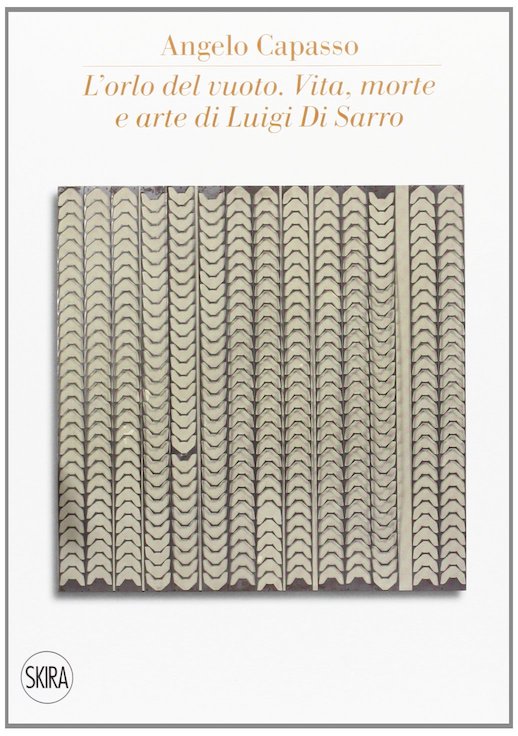
Skira, Milan 2008.
Luigi Di Sarro (Lamezia Terme 1941 – Rome 1979) is one of the most complex figures of the Roman art scene of the sixties and seventies. His premature death interrupted a path that critics have tried to reconstruct through the tools of a posteriori investigation. This book provides a new interpretation of Di Sarro’s work, analyzing aspects so far overlooked by the vast critical bibliography, with the aim of providing a wide angle able to fully restore us the artist’s thought and visual work in the wake of the research of the avant-garde of the twentieth century. Through Di Sarro’s story, Capasso investigates the cultural life in Rome between 1968 and 1979 which remains the most controversial of the history of Italy since the Second World War.
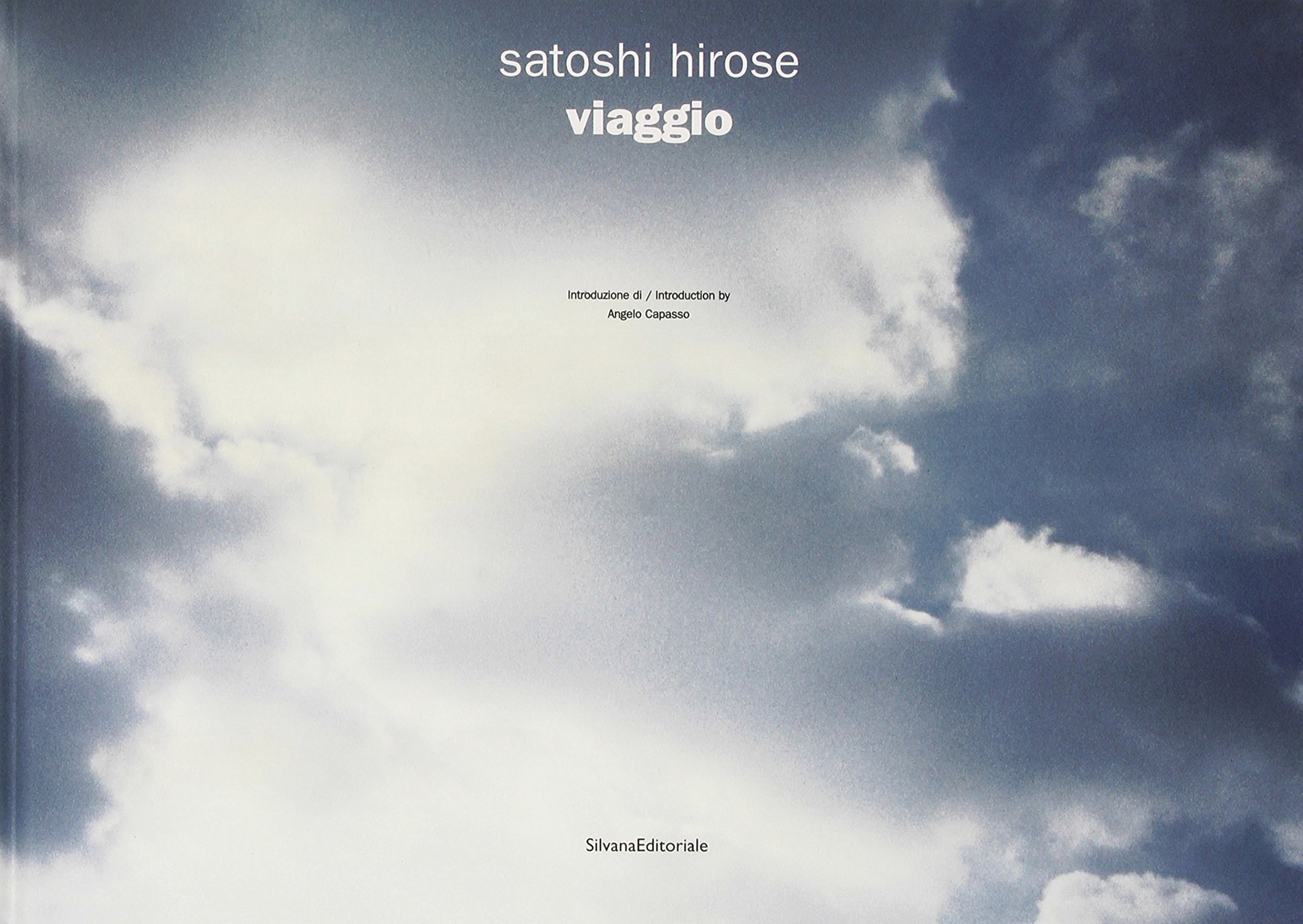
Silvana Editoriale, Milan 2008.
The sky is the absolute space to which Satoshi Hirose dedicates part of his photographic work. This book collects the images of skies captured in different times of the day: memories of trips made in different places in the world, fragments of a vastness that the artist recorded through the camera during ten years, a long journey in images analyzed by Angelo Capasso’s words.
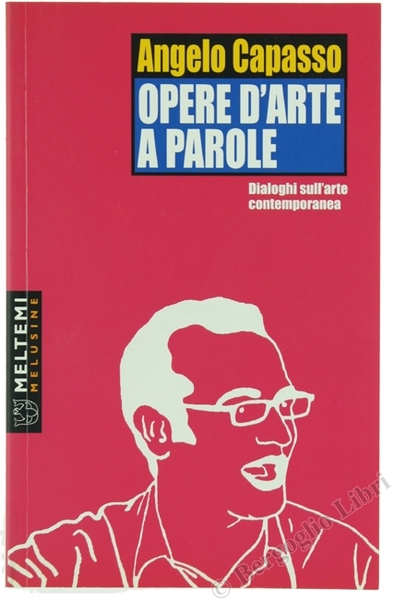
Meltemi, Rome 2007.
The work of art speaks in silence. But what happens if a critic tries to strike up a dialogue with the artist, be it a conceptual artist, a photographer, a neo-expressionist painter, a performer, a director or a rocker? The reactions are the most diverse: from skepticism to distrust, from shyness to irony. The books contains a collection of dialogues that Capasso shared with International artists such as: Lou Reed, Wim Wenders, Jimmie Durham, Luigi Ontani, Jorge Molder, Enzo Cucchi, Thorsten Kirchhoff, Yang Jiechang, Wang Du, Avish Khebrehzadeh, Dennis Oppenheim, Jannis Kounellis, Roman Signer, Marc Quinn, Rebecca Horn, Kendell Geers, Gilbert & George, Georgina Starr, Maurizio Cattelan, Urs Luthi, Fabio Mauri, Michele Zaza (…).
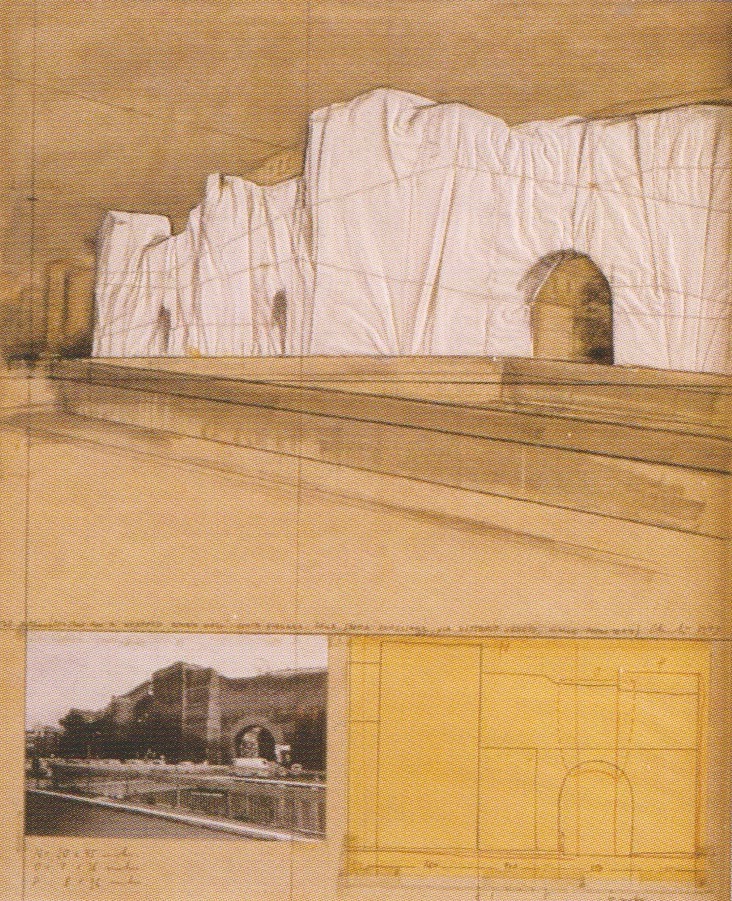
Edizioni DMG, Rome 2006.
The misteries of an art collection are hidden in the territory of the desire. This book analyzes a private art collection investigating the different drives the move its collector.
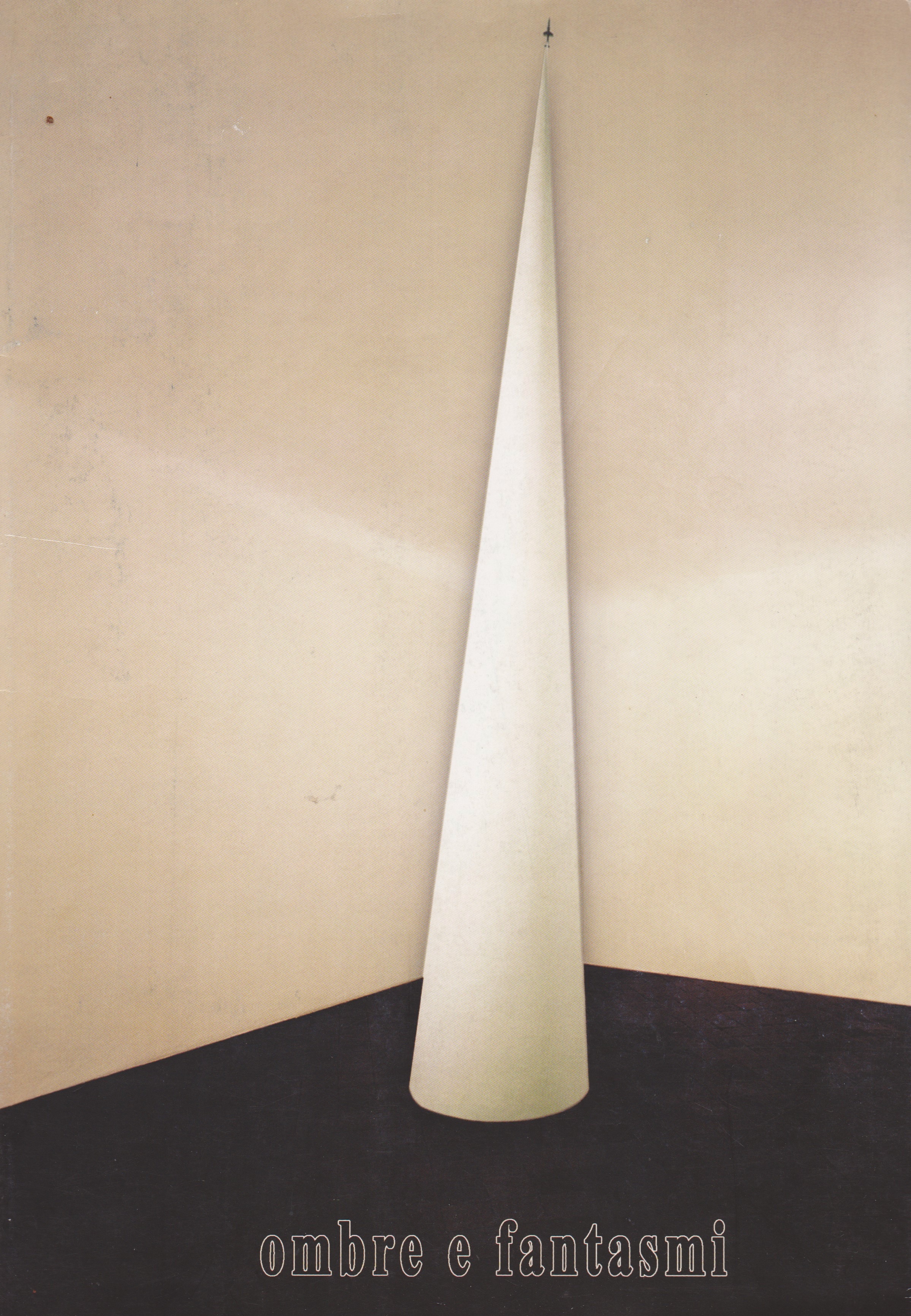
Monti, Rome 2004.
This book is inspired by E. H. Gombrich’s book “Shadows” and is meant as its ideal continuation. While Gombrich’s research on the “shadows” in art ends with the historical vanguards, Capasso continues the research to the present day, where shadows mingle with ghosts.
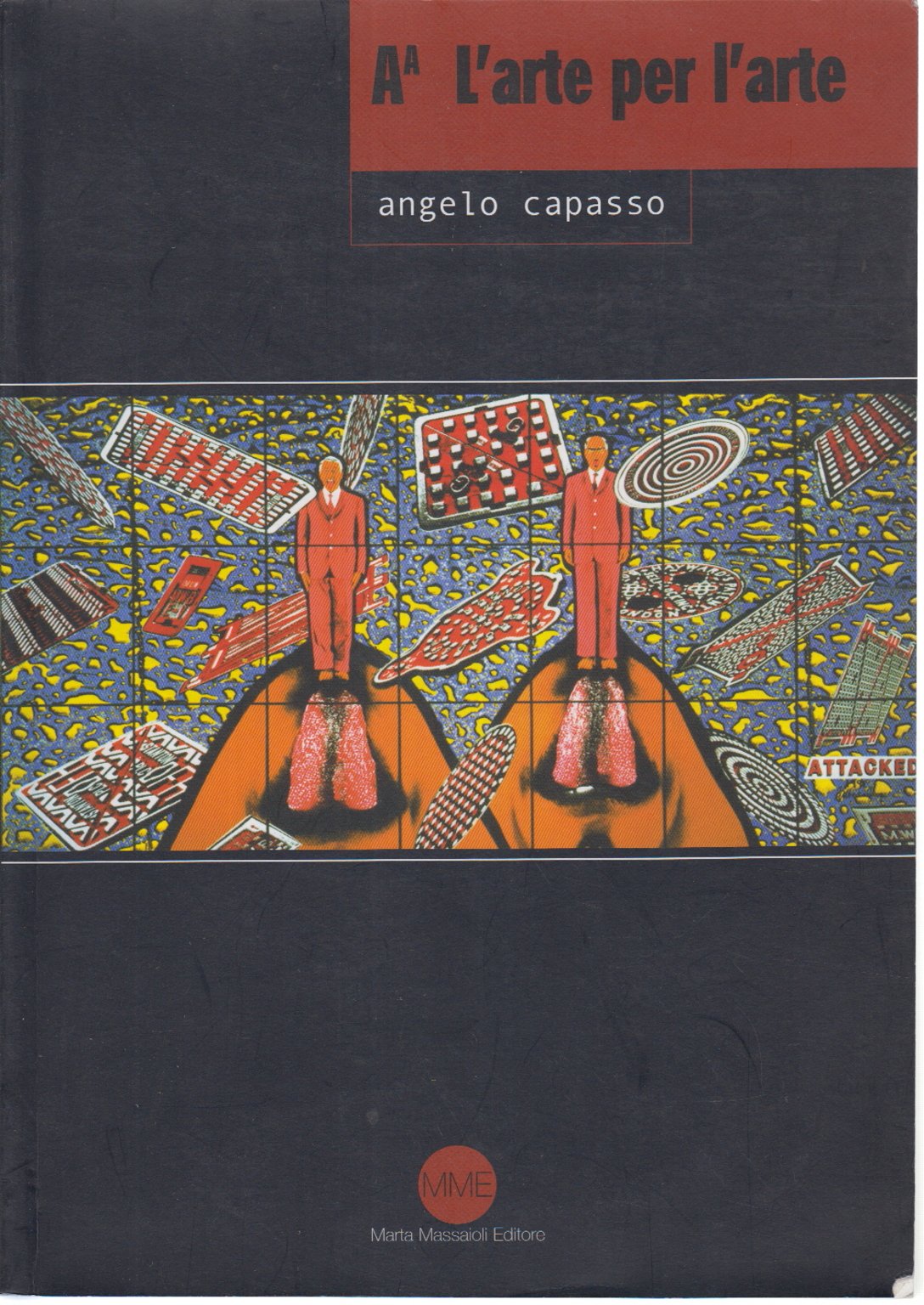
MME, Roma 2002 (ASIN: B075R3D3X3).
Art for art’s sake—the usual English rendering of l’art pour l’art, a French slogan from the early 19th century—is a phrase that expresses the philosophy that the intrinsic value of art, and the only ‘true’ art, is divorced from any didactic, moral, political, or utilitarian function.

Skira, Milano 2001.
Achille Bonito Oliva: the art critic, the man the brand – ABO. An inventor of languages, of movements, a tamer of artists. These are all the aspects that emerge from the reading of ‘A.B.O. The arts of criticism ‘, the book. The book was published in the occasion of the ABO, le arti della critica large exhibition in San Benedetto del Tronto, 2001.
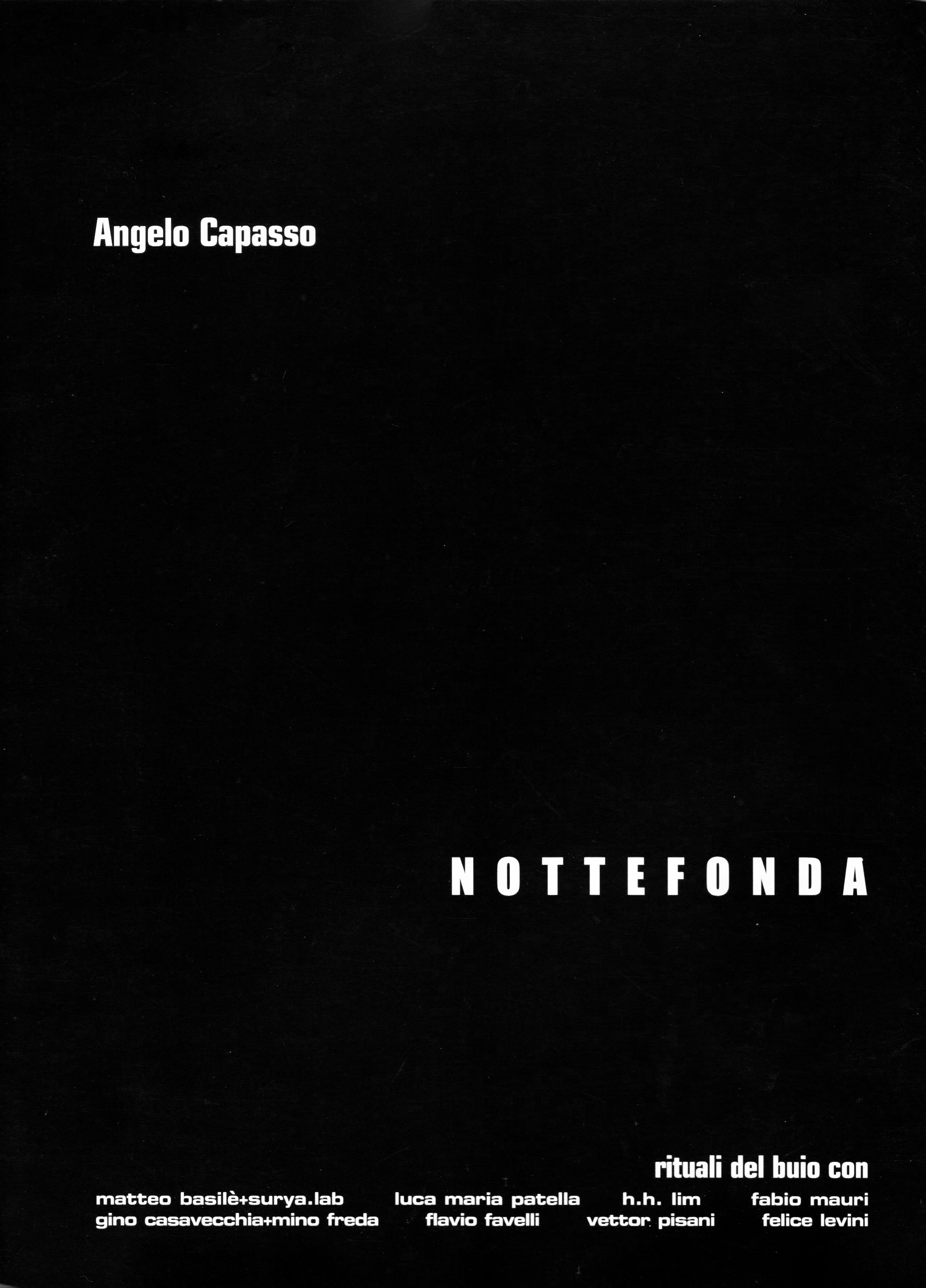
ZowArt, Rome 2000.
“The night and the black. The space and the color of darkness come together in a pack of images that revolve around the terms of distance and time: art has captured this conjunction in Malevich’s great black square, where color defends itself and is circumscribed by canceling painting, as well as the shapes and every chromatic variety, breaking through the geometric boundaries, of which the corners inside the painting simply represent a hypothesis of finitude, and a certainty of infinity, echoing an ancient Chinese adage: Infinity is a square without angles.” Angelo Capasso